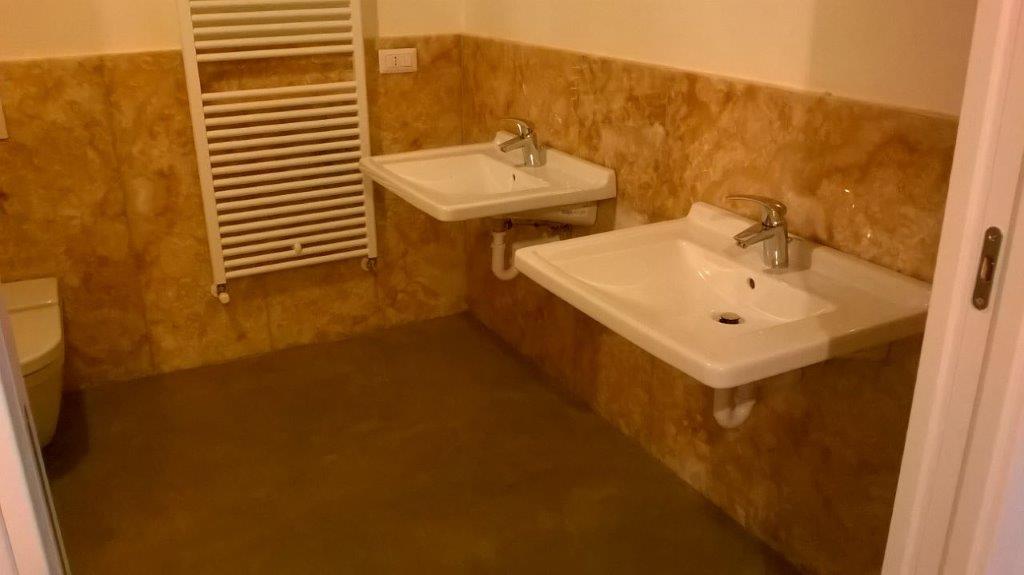Cork has numerous properties, thanks to its structure and chemical composition.
- Lightness
Since 88% of its volume is air, this translates to a low density, between 0.12 and 0.24 Quarts/Lb.
- Elasticity
Is the capacity to recover the initial volume after justly undergoing a deformation, such as, its utilization in corking the bottle.
- High Friction Coefficient
The cork is lined with micro suction cups that permit it to adhere to the surface without allowing it to slide.
- High Impermeability
The diffusion of liquids and gases through the cork is very difficult; it allows vapors to escape, to the outside, through the plasmodesmos.
- Fire Retardant
Non combustible does not propagate flames nor does it release incandescent particles.
- Absorbs Impacts, Aero-Elasticity
This implies that the impact not only affects the point of contacted, but also extends to the adjacent zones, which permits it to absorb the impact.
- Poisson Regression Coefficient = 0
When the cork is stretched in one direction no deformation occurs in the perpendicular direction. This allows it to conform to formations of other materials that it is applied too.
- Ease of Use
Modifying the water content of the cork facilitates its management to become more elastic, and soft.
- Low Water Content
Moisture balance of the Cork with the environment is typically 6%, making impossible for microorganisms or insects to reproduce giving it unlimited durability.
- Thermal Insulation
Its natural function is to protect the tree that it comes from. Its temperature range of 32° to 85 ° F. provides a resistance to heat 30 times higher than concrete thanks to its alveolar structure, low water content and lack of conductivity of its compounds.
- Acoustic Insulation
Depending on your installation and combination with other materials it reduces noise between 8 and 12 decibels. If applied on both sides of a wall it duplicates its acoustic action.
- Non Poisonous
Its lack of toxicity has allowed it to be present in mans daily life since antiquity times.
- Balance with Nature
Removal of the bark of the Cork, is performed, initially at age 40-50, and then each 9 years, and provokes rejuvenation, lengthening the life of the same tree for up to 200-500 years.
- Fauna
The cork tree or corkwood grows in natural forests which are a protective reserve for a large quantity of fauna and flora.
- Environmental Improvement
During the trimming of the bark, the cork tree releases large quantities of Oxygen, fixing the air we breathe.
- Ecological 100%
The process of extraction, manufacture and application of the cork material is done without any environmental impact.
In modern times we must be conscience of the rapid deterioration of the planet by the action of man and are forced to go looking for alternatives that stop this process.
The solution to insulation, and waterproofing problems, etc., to the homes we inhabit nature itself provides a natural way. With cork emulsion application you now have the solution within the reach of your hand.



